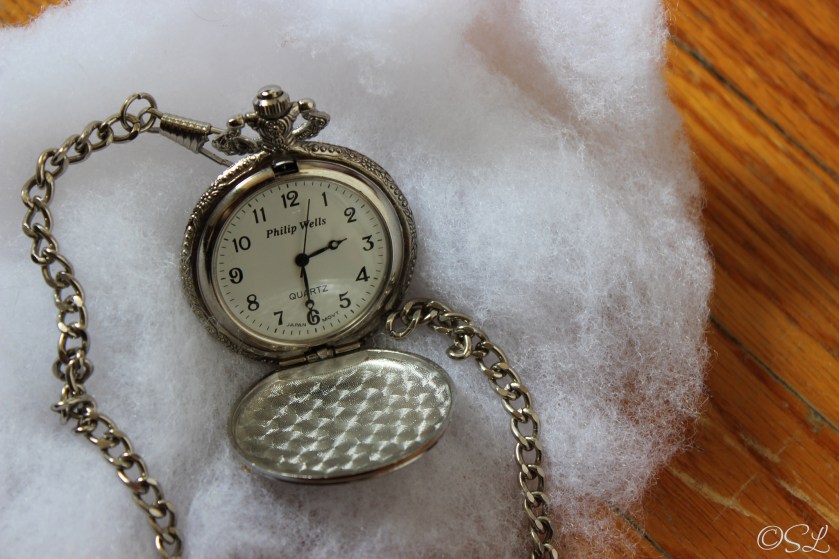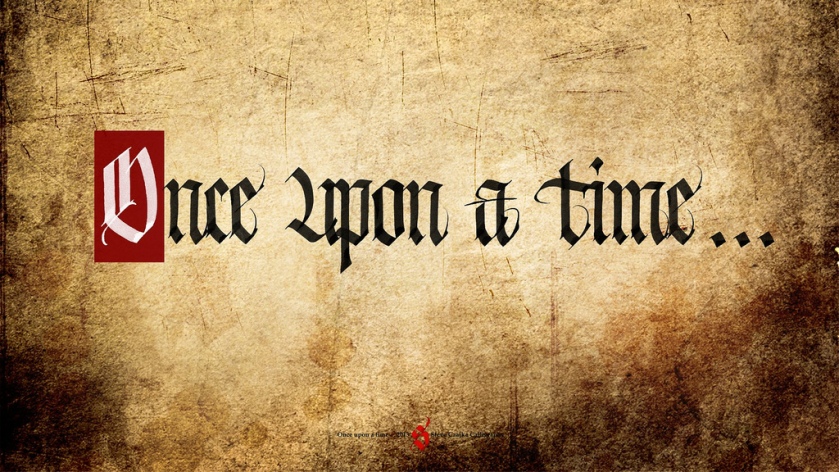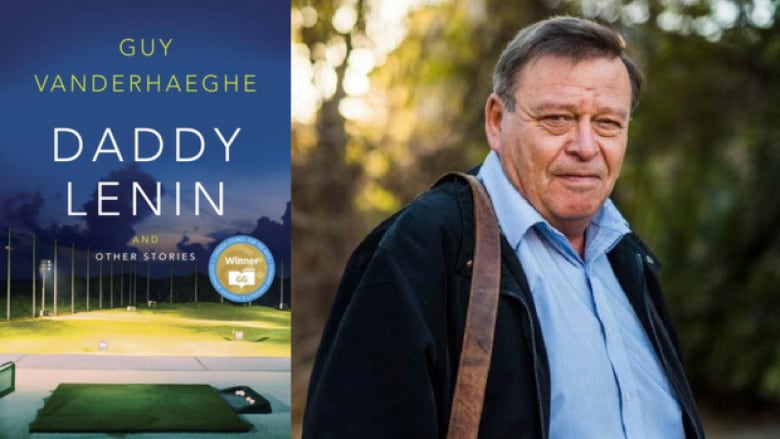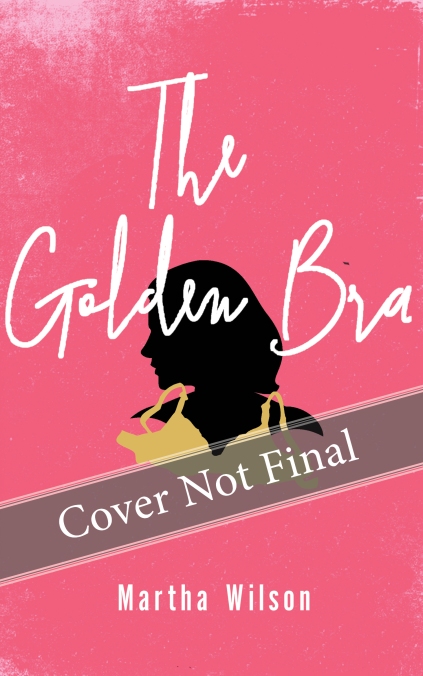“I don’t have time to write!”
This is a classic excuse used by writers and people who want to be writers. Life gets in the way of their craft. Work, family, friends, unexpected events, too many deadlines, not enough creativity left at the end of the day.
I know this struggle very well. I’m a student, so of course, my schoolwork comes first. And I’m in my fourth year, producing news stories every week, completing assignments and getting ready for my journalism placement in the new year.
So, I’m busy. We’re all busy. And if you’re not, you have no excuse not to be writing if that’s what you want to do!
But all of the great writers have lives, too. So how do they manage it all? People keep telling me to set time aside each day to write for X amount of minutes or hours, but it’s so hard when my schedules are constantly changing.
I’m going to look at some advice from well-known Canadian writers about where their ideas come from and how they put them into practice.
Alexander MacLeod

“Most of my stories are constructed around a central image or a scene. I want that image or scene to be strong enough to be able to hold the story together, so that’s where everything usually begins and ends. I don’t ever really go looking for those images; they usually find me, and if they stick around in my head for a couple of months or years, I start to wonder about them, and I think, ‘Maybe there is a story in this thing.'” (Quote can be accessed here.)
This is a great quote because it shows off the power of imagery in creating a strong narrative. If you have an image or scene that is compelling enough and that stays on your mind, you’re probably on your way to a great story – but to do this, you have to get started. For MacLeod, these visions may linger for a while, but I know that from my experience, if I do not start writing while the idea is fresh, it probably won’t make it to a Word document. If something – some image or some scene – strikes you, strike back while it’s hot! Write it down anywhere you can. Hold on to it, explore it, ask yourself why it’s staying with you.
But don’t overthink it – it might lose its magic that way. The best way to find out its meaning, I think, is to just start writing about it and see where the words take you. Maybe you won’t start out with a message in mind but instead, it will come to you as you develop your thoughts. If you never try, you’ll never know.
Lisa Moore

“I think about how much of a good story seems to happen elsewhere, off the canvas or screen or page, in Europe or a backwater New Brunswick town, in what is left unsaid. A word on the tip of the tongue, ungraspable. The teasing smush of a feather boa over naked breasts in a striptease.” (Quote can be accessed here.)
My journalism professors are always telling us that news happens outside of the newsroom, so we need to get out of the classroom to find good stories and talk to real people to get good quotes. Moore’s quote reminds me of this notion that stories don’t just come from within us – they are based on thoughts, ideas and images that we take from the world around us. Moore’s examples of where stories come from are varied and vibrant – the recipe for good storytelling. I think that often, writers get stuck in a trap where they sit down at their computer (or iPad or notebook or stone tablet) and wait for something to appear on the page instead of going out and garnering experiences that will stick with them and become a source of inspiration.
Another important part of writing, besides observation, as Moore encourages, is listening. Listen to what people are talking about around you, listen to what your friends and family have to say. Watch the news, eavesdrop in stores and on the streets. But most importantly, live. Participate in life. Get outside your comfort zone – I know I often trap myself in mine.
Alice Munro

“A story is not like a road to follow . . . it’s more like a house. You go inside and stay there for a while, wandering back and forth and settling where you like and discovering how the room and corridors relate to each other, how the world outside is altered by being viewed from these windows. And you, the visitor, the reader, are altered as well by being in this enclosed space, whether it is ample and easy or full of crooked turns, or sparsely or opulently furnished. You can go back again and again, and the house, the story, always contains more than you saw the last time. It also has a sturdy sense of itself of being built out of its own necessity, not just to shelter or beguile you.” (Quote can be accessed here.)
Although this is not a direct piece of writing advice, I like this quote because it relates to both the reader’s experience and that of the writer. For me, when I write, sometimes the story unfolds unexpectedly, and ideas emerge that I had not previously anticipated. As the sentences start to form, I slowly learn more about the characters, the setting and the significance of what is going on. And then when I read it back, the puzzle pieces start to fit together and I discover things I hadn’t noticed when first drafting my story. That’s when I know I’m ready to go back, edit, revise or re-write. And that’s when I know I have a story worth sharing.
As Munro says, the story “always contains more than you saw the last time.” This is so true! When reading your own work or someone else’s, you always discover new things (if the story is a good one!). Maybe it’s the meaning behind an image or an object, or maybe it’s the incantation in one of the character’s voices that gives you a new perspective about them or their situation.
Reading is an essential part of becoming a better writer, but re-reading one’s own work is also incredibly important – whether it’s during the writing process or afterward. Munro’s quote shows how stories should be intricate, complex and layered with meaning. And this requires reading, re-writing and reading again!
I hope this post and these authors’ advice inspires you to set time aside for writing.
Also, who gets the reference I am making in the featured image? Can anyone pinpoint the short story? Hint – “It was a low, dull, quick sound – much such a sound as a watch makes when enveloped in cotton.”








































